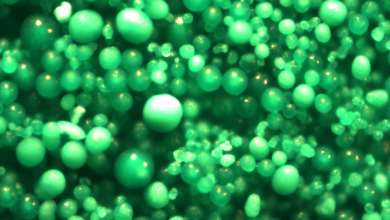Alocasia Amazonica: [Characteristics, Planting, Care, Irrigation]
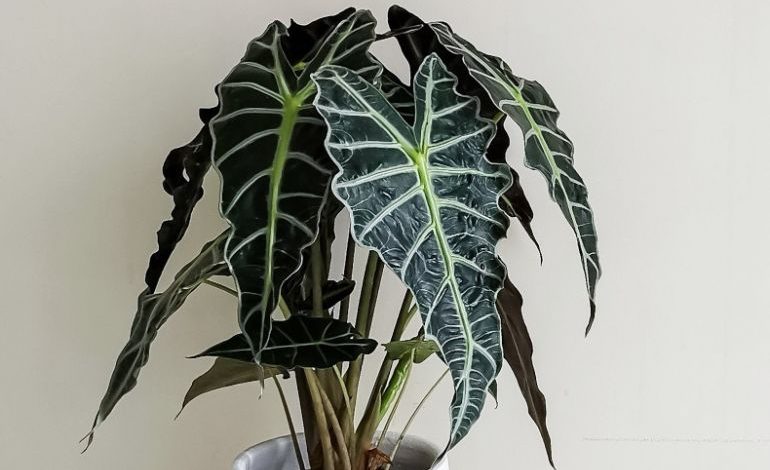
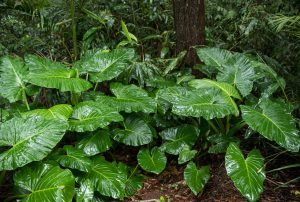 An exotic plant of great beauty belonging to the Marquesas family is the Amazonian Alocasia .
An exotic plant of great beauty belonging to the Marquesas family is the Amazonian Alocasia .
Popularly, it is also known as Elephant Ear.
Characteristics of the Amazonian alocasia
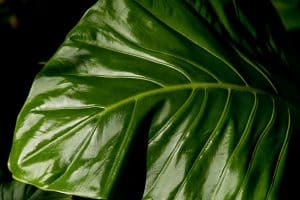 Botanical name: Alocasia amazonica.
Botanical name: Alocasia amazonica.- Common name: Alocasia, Elephant Ears, African Mask.
- Type of plant: Tropical plant.
- Size at maturity: Size ranges depend on variety; from 60 centimeters high and 60 wide to 450 centimeters high and 250 wide.
- Sun Exposure: Indirect bright light.
- Soil Type: Loose, well-drained potting mix.
- Soil pH is 5.5 to 6.5.
- Flowering time Spring and summer growth.
- Flower color Light butter yellow.
- Native areas Asia.
There are about 70 varieties of this Perennial plant species, from the American continent, Asia and Oceania.
Where can we find it?
It abounds in humid tropical forests, especially in South American countries, in highly humid habitats, where they usually reach several meters in height.
The stem of the Alocasia is underground and is responsible for absorbing water and essential nutrients for the plant to reach its maximum development. Plants with this type of stems belong to the rhizomatous genus .
They have organs that function as water reservoirs called rhizomes. They are similar to the roots, but when they are ready, they sprout white leaves and bracts or false flowers that are very difficult to achieve in cultivation.
Did you know…?Its trunk is watery, without a doubt its greatest attraction is concentrated in the large triangular leaves in an uncommon grayish-green tone and very well delineated whitish nerves. Those nuances that draw the rib at the top of the blade are simply spectacular.
In addition, it contrasts with the garnet tone of the reverse of it.
Temperature: Where to plant an Amazon alocasia?
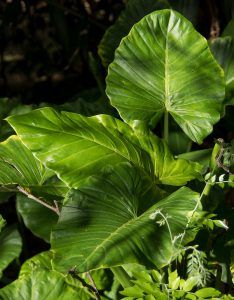 It requires a climate between 20 to 25°C to maintain its beautiful foliage. The minimum that it supports is 6°C, but the ideal is not to subject it to abrupt temperature changes.
It requires a climate between 20 to 25°C to maintain its beautiful foliage. The minimum that it supports is 6°C, but the ideal is not to subject it to abrupt temperature changes.
Light: What needs do you have?
A bright environment will be of great benefit to this species. Direct sun does not tolerate it. Its foliage composed of leaves of a unique morphology that you must take care of so that they do not burn.
But it should be clear that it needs a lot of light to produce excellent photosynthesis and stimulate its growth.
Substrate and Fertilizer: How do we prepare the land?
Regarding the composition of the soil or substrate, this plant does not require anything other than keeping it with a good level of humidity.
However, a good liquid fertilizer will have a positive effect on its development and maintenance. Add it to the irrigation water once a week, in the right dose, and the leaves will grow and shine splendidly.
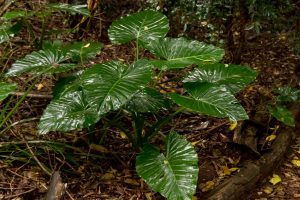 This process should only be carried out during the spring and summer, when the vegetative activity is higher in this tropical plant.
This process should only be carried out during the spring and summer, when the vegetative activity is higher in this tropical plant.
The fertilizer must always be diluted in the irrigation water. A good balance fertilizer in ingredients such as nitrogen, phosphorus and potassium is more than enough.
Likewise, gravel and peat added to the potting soil, along with an equal portion of sand, are excellent. Place a leaf mulch on top.
They are really important in potted crops, because they help to achieve optimal drainage of irrigation water.
Irrigation: How and how often do we water?
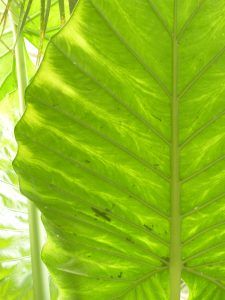 Abundant irrigation is synonymous with health in this tropical species, but it must be carried out in moderation, without excesses that bog down the substrate.
Abundant irrigation is synonymous with health in this tropical species, but it must be carried out in moderation, without excesses that bog down the substrate.
The earth in a pot (with holes that eliminate excess water) or outdoors, must be permanently moistened.
This plant is all-terrain and comes from American jungle swamps with high humidity, so at least similar conditions must be imitated with frequent spraying of its leaves.
If at any point the leaves start to turn yellow and wilt, you should cut them off very gently at the base. This pruning will stimulate the appearance of new ones.
In spring, irrigation must be generous because it is the time of vegetative regeneration that must be made the most of.
Pests and diseases of the Amazonian alocasia
Although showy, these plants can be very sensitive. A variety of diseases such as crown, stem and root rot, leaf spot and Xanthamones are particularly common in alocasia plants.
Signs of the diseases are typically black or dark brown spots on the leaves and a yellowish border around the spots.
Diseases can be prevented by avoiding overwatering, keeping leaves dry, and providing adequate air circulation around and near the plant.
Amazon alocasia pests
Common pests of Alocasia plants are mealybugs, scale, aphids, and spider mites.
Every few weeks, you can spray the plant with hot water and eco-friendly pesticide soap to prevent these pests. This will help keep the plant free of dust. If an infestation occurs, use an ultra-fine insecticidal oil or neem oil.
These products will kill pests and their eggs.
Toxicity of Alocasia Plants
The Alocasia is a very poisonous plant; the leaves contain insoluble oxalate crystals.
If a human or pet chews or bites on the leaves, they will release the crystals. May cause swelling and irritation of the mouth and gastrointestinal tract.
Very rarely, there will be extreme swelling of the upper airways, making it difficult to breathe.
Keep the plant away from children and pets, and call Poison Control, your doctor, or a veterinarian if a person or animal ingests the leaves of the plant.

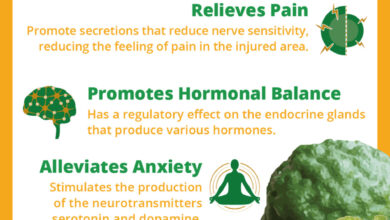
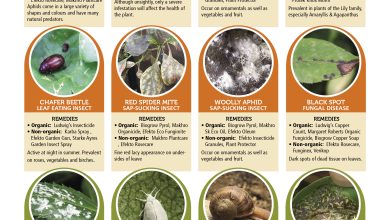
![Photo of Sowing Ginger in your Garden: [Care, Irrigation and Substrate]](https://www.complete-gardening.com/wp-content/uploads/2021/06/cultivar-jengibre-en-huerto-390x220.jpg)
